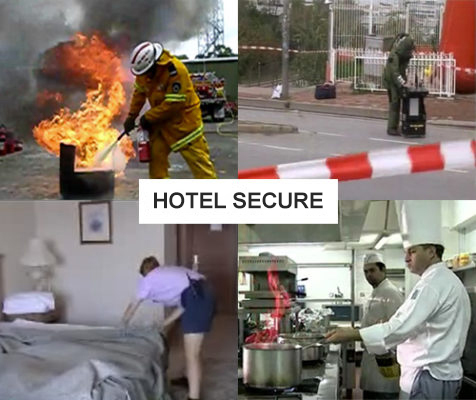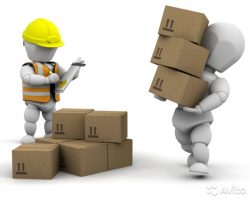
Article 77 of the Labor Act (4857); “Employers are obliged to supervise occupational health and safety precautions, to inform them regarding occupational risks, precautions, legal rights and responsibilities, and to provide occupational health and safety education”.
For this purpose, it has been clarified the responsibilities of employers who have published regulations on the principles and procedures of employees’ occupational health and education. Training on regulations and laws has not to be seen as a one-time work, but as a life-cycle philosophy which may include several repetitions. This also includes storing training records and employees’ personal files. The regulation also clarified which subjects should covered during training.
Causes and Precautions of Occupational Accidents, Occupational Diseases
Reporting usually is the best method to prevent the repetition of accidents.
Accidents can be avoided if untoward conditions and behaviors are detected and reported to the supervisors. This trial might be carried out within the system. Thus, we can assist you in the process of setting up and operating it.
Creating employees’ awareness towards hazards at workplace, setting trials in order to prevent unsafe situations, transferring of legal rights and responsibilities to employees, investigation of occupational accident-case, preventing repetition of accidents.
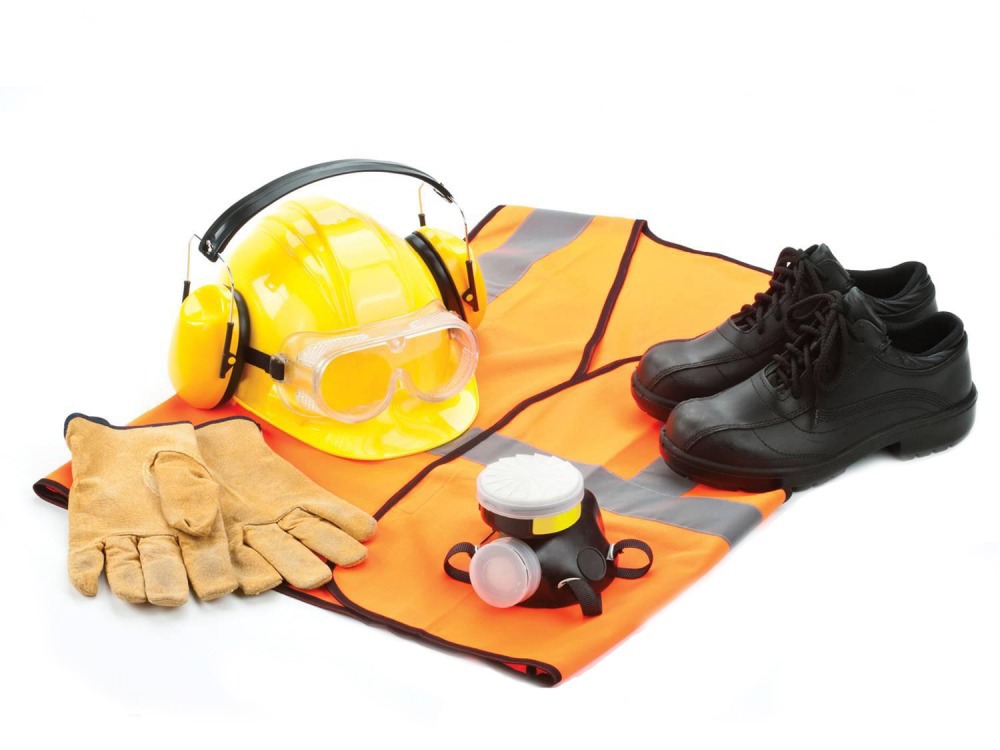
Personal Protective Equipment
It is a widespread knowledge that there are several risks at the workplace. When these risks occur, the consequences may affect employees as occupational accidents and occupational diseases. The best way of preventing occupational accidents and occupational diseases is to eliminate the source of the hazard. Nevertheless, we cannot always remove the source of the hazard.
In such cases, the employee must use personal protective equipment to prevent damage before doing his/her own work. Personal protective equipment do not eliminate the danger, however in case of a possible accident, it decreases the detriment as much as possible. Employees should be trained in this context and should be provided with personal protective equipment. Therefore the use of personal protective equipment should be paramount (Direction of Personal Protective Equipment 09.02.2004; 25368).
After the acceptation from the employee, the required personal protective equipment should be used regularly (Regulation on the Use of Personal Protective Equipment in the Workplace 11.02.2004; 25370.).
It must be used by all employees (Safety and Health Signs Regulation, 23.12.2003; 25325). Under this circumstance we are ready to provide the support for the training of your employees and managers, supervising of any misconducts.
Signs, Cautions, Labels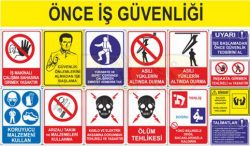
There are different dangers and risks within the daily pace of work in any enterprise. Everyone has to know these dangers. To achieve this, audio and visual signs must be used in order to inform, warn and instruct.
These signs and symbols should be designed in a way that everyone might understand, i.e. according to international standards. These signs and symbols must be used to inform and warn everyone when the danger and risks cannot be reduced efficiently from the places where they may happen.
Under the issued Safety and Health Signs Regulation (R.G23.12, 2003-25325), standard marking and labeling against hazards and risks became mandatory.
Studies of maintenance and repair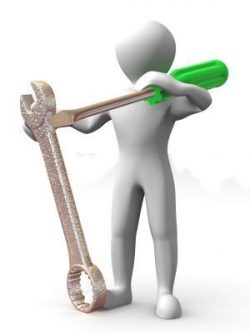
The repair work can be done without any interruption thanks to the contributions of the one maintenance workers. It is easy to check the compliance with standards and control the routine work in terms of health and safety, even in the case of risks. However the maintenance and repair group mainly focuses on the problem because they need to finish the work before any breakdown in service may occur. Therefore this service works without interruption and the future risks cannot be reckoned properly.
For this, they do not care about unsafe situations and therefore they behave inappropriately causing for the background variability of accident. Maintenance work is planned and carried out in a systematic way to ensure that maintenance and repair workers achieve the correct behavior, to control their and colleagues’ safety, and to comply with machine locking and labeling rules.

Electrical Safety
Electricity plays an important role in the insecure situations causing occupational accidents. The electricity is not visible and its effect can be only found in a short time therefore it is a potential risk that causes several accidents in the workplace.

Occupational Health and Safety in Construction Work
According to the statistics of SSK on occupational accidents, construction workers have the highest cases of occupational accidents. The main reasons are untrained workforce, complicated subcontracting and the lack of required control and oversight.
Under this circumstance, we are ready to support the first level managers in the supervision of trainings and establishment of system studies, to provide trainings for the relation between subcontractor – subcontractor, to educate employees, to create the awareness of duties and responsibilities, and to compose strength with our knowledge and experience.
Occupational Health and Safety at the Hotel
This business, which seems to be a safe service sector, has 3% of fatal accidents in business line. Employees do not care about danger because they do not know what risk they face. As a result, the occurred accidents consequence with both spiritual and financial losses.
Some of the factor for developing customer satisfaction are: being smiley, work safe and having work consciousness, taking risks for everyone and warning that are necessary for the inconvenient situations. Employees who are aware of the possibility of the danger, will create a more productive and peaceful work environment.
Occupational Health and Safety in Food Industry
Several hazards and measures in food industry occur mostly due to food related problems such as poisoning. Accidents in this sector are considered as such only if the occupational accidents end by losing more than one person and great amount of detriments, like explosions. However, mortal occupational accidents are around 3.5% in the food industry.
There are several hazards in the food industry that they can be seen as a constant risk such as: slippage, stabbing, falling, carrying dangerous materials with bare hands like machines, additives, chemicals, burns, scalds, allergies and other health problems.
Occupational Health and Safety in Storing and Storage
We are ready to collaborate and produce solutions about eliminating / reducing the ergonomic and physical risk factors of elevating, transporting, stowing and storing protect of materials in order to protect the lumbar health, to provide safe storage conditions, to transport and storage of dangerous objects, to prevent rashes and environmental pollution, to ensure occupational health and safety.

Occupational Health and Safety in Screened Vehicles
According to the Regulation on Health and Safety Precautions in Screened Vehicle: Screened vehicle (R.G23.12.2003-25325) is a tool that displays letters, figures, figures, graphics and pictures on the screen regardless of the content of the applied process.
The main hazards that derived from screened vehicles are not usually the equipment itself, however they can happen while using it within the long-term. For this reason, health problems caused by the machinery under surveillance can be eliminated by improving workplace design, occupational design and the use of screened vehicles.
Manual Handling, Material Lifting and Handling Techniques
The employees should be protected from the risks (especially back and waist should be protected from injuries) that may arise due to occupational health policy and lack of safety in manual handling of heavy objects. Therefore manual handling work, material lifting and transport operations should be carried out using appropriate procedures.
Risk Factors
Load: Characteristics of load, required physical power, characteristics of working environment, requirements of work
Employee: Unsuitable physical structure, unsuitable work garment, shoes, protective material, inadequate training, information.




